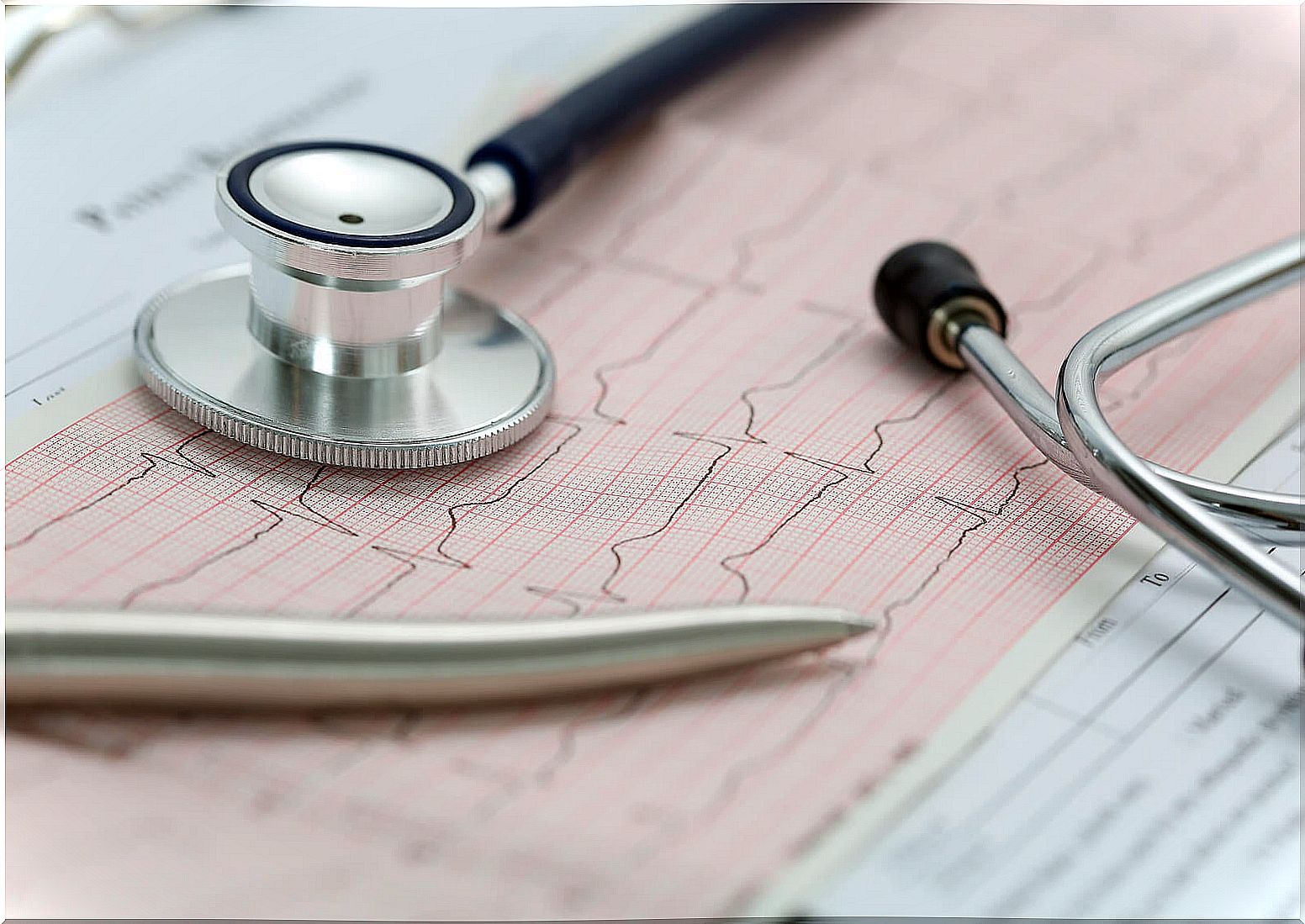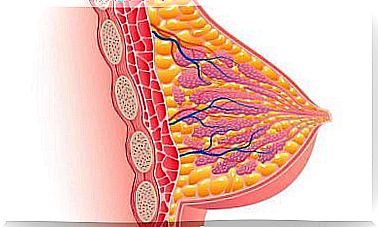What You Didn’t Know About Cardiac Arrhythmias
Arrhythmias are a fairly common problem. Today we will discover and delve into some data that may surprise us.

Cardiac arrhythmias are a disorder that affects many people. However, there are some aspects that you may not yet know about this disease.
As the Spanish Heart Foundation points out, arrhythmias are an alteration of the heart rhythm. When the heart beats too fast, too slow or has an irregular rhythm, these are signs that alert you to its presence.
Next, we are going to see some aspects of cardiac arrhythmias that must be taken into account. This is important since this disease affects more than 50% of the population.
Electrophysiology: an effective test to detect cardiac arrhythmias

Electrophysiology is a test performed to diagnose those with arrhythmias. This test allows to determine the type of arrhythmia they are suffering, its severity, where exactly it is occurring and the disorders it is causing in patients.
This test has been of great importance, since it allows to adjust the treatment to avoid wasting time trying options that will not improve the patients’ problem. Without a doubt, it is a technique that is having great success and results.
The risk of sudden death from cardiac arrhythmias is high
Sudden death is a problem whose culprits are, in some cases, cardiac arrhythmias. Specifically, ventricular fibrillation arrhythmias and ventricular tachycardia.
These types of arrhythmias are often referred to as “malignant” due to their high risk of producing sudden cardiac arrest. In the event that this happens, treatment should be done as soon as possible with ventricular defibrillation.
Not all arrhythmias are equally dangerous

Although in some types of cardiac arrhythmias there is the risk of sudden death already mentioned, this does not mean that they are all equally dangerous. This is why electrophysiology is so important. With this test you can know the severity of the arrhythmia that the patient suffers.
- Extrasystole : also known as “premature ventricular contraction” consists of a beat out of time, ahead of the patient’s heart rate. Normally, this is not very serious, although it should be followed up. It is usually treated through a change in diet and lifestyle.
- Sinus bradycardia – The heart rate drops, is irregular, and may stop at times. In some cases, it may not require any treatment. However, if it worsens, it can reach the point of resorting to a pacemaker.
- Ventricular fibrillation : it is a type of heart disease that we have already mentioned and that can endanger the life of the patient causing them to suffer a sudden cardiac arrest that can lead to death.
There are many other types of arrhythmias such as heart blocks or paroxysmal supraventricular tachycardia. The important thing is to realize that not all of them are equally serious or that they all require treatment, but that with some monitoring and control is more than enough.
The treatments are diverse
Just as not all cardiac arrhythmias are equally serious, the same is true with treatments. As we have already seen, in some cases the treatment is only adequate monitoring and control. In others, it may be necessary to abandon harmful habits such as tobacco or alcohol and improve the diet.
However, it is true that arrhythmias often need to be treated with drugs. But, they are not all the same. Everything will depend on the patient, the type of arrhythmia they have and the severity of it.

There is also a treatment known as “radiofrequency ablation” that is usually performed after the electrophysiological study. What is achieved is to eradicate the arrhythmia by means of a small burn that destroys the heart tissue that is causing the arrhythmia. Currently, it is having excellent results.
Did you know all these facts about cardiac arrhythmias? Are there any that you’ve heard about but didn’t know anything else about? Although we have covered this topic on different occasions, there are always some data that you can drill down to acquire more information.
Likewise, let us remember that studies continue to investigate new ways to address this type of disease. Therefore, although we have mentioned several treatments, some new ones may appear later that, without a doubt, we will share with all of you.









